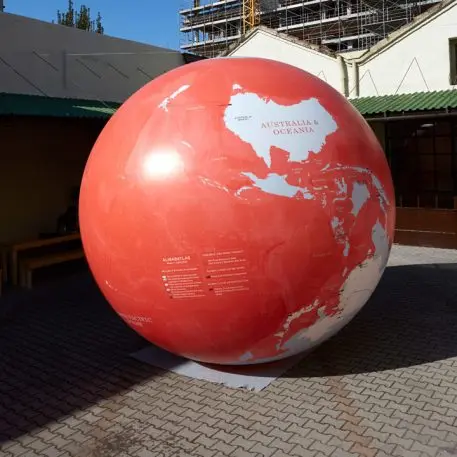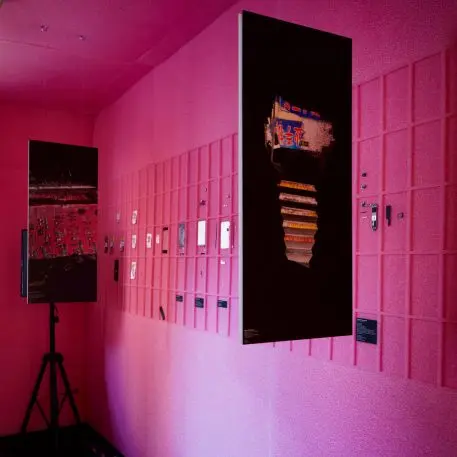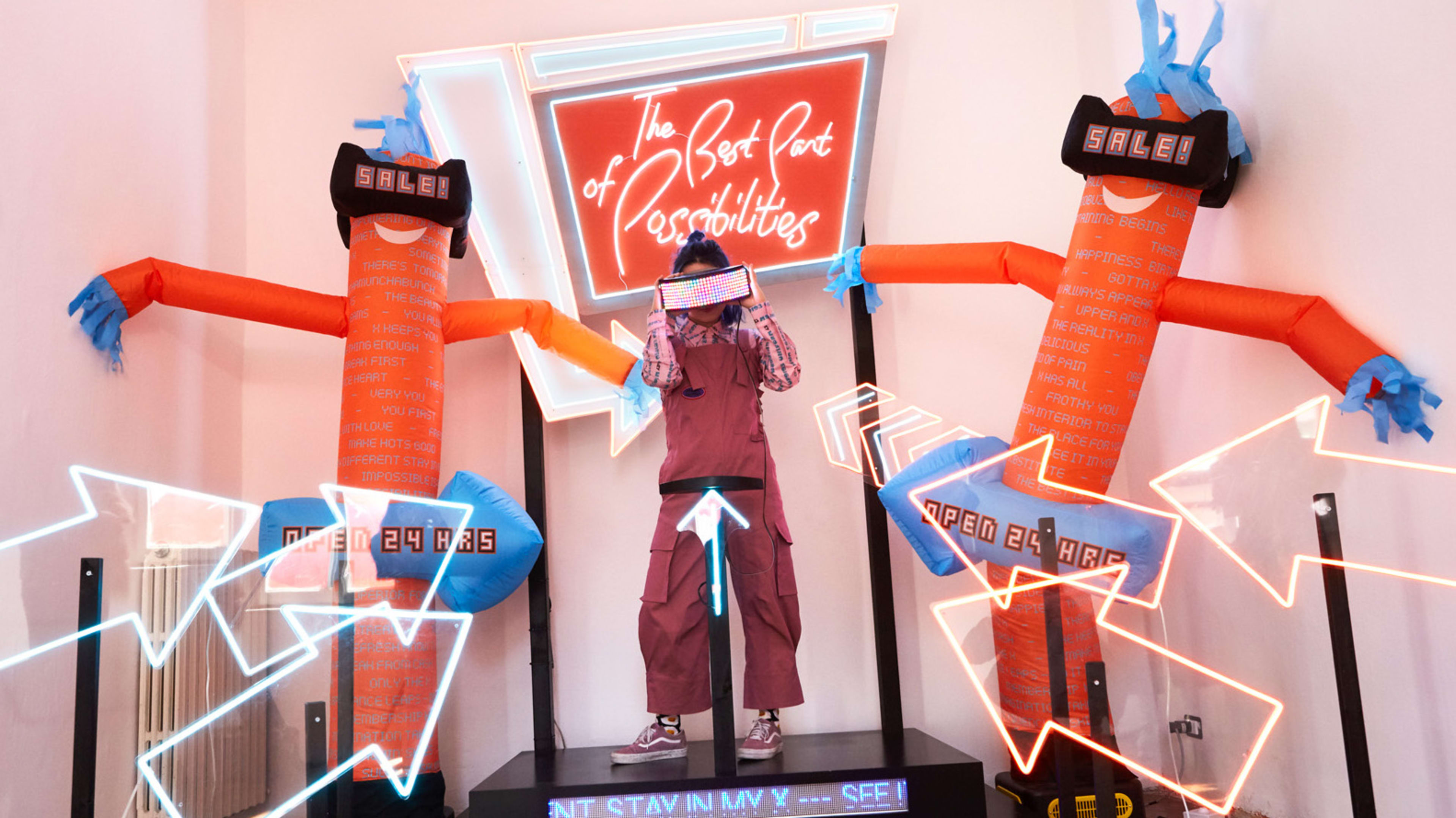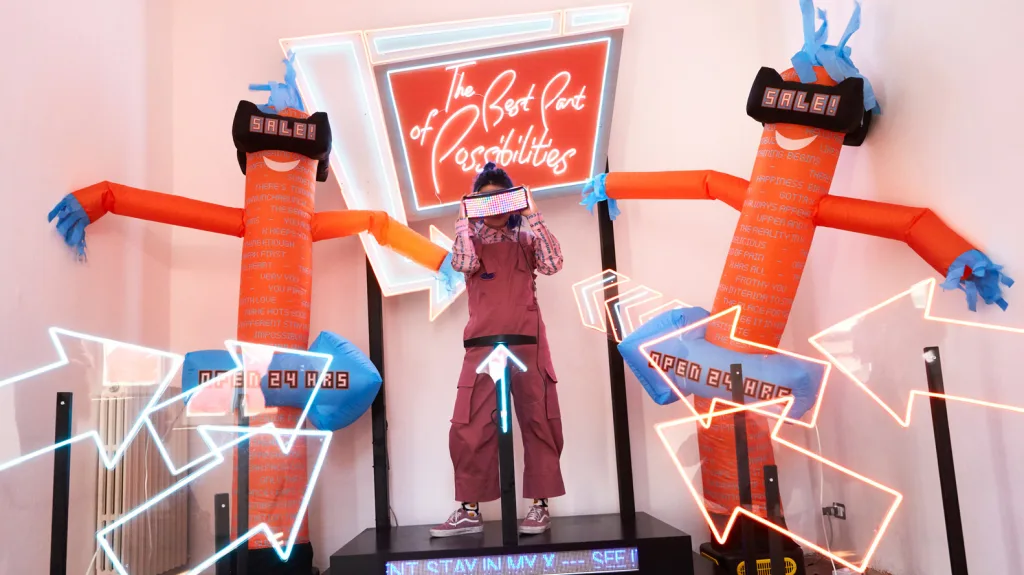If you’re reading this post, you almost certainly have an Amazon account–but you’ve probably never used Alibaba, sometimes referred to as “the Amazon of China.” That’s an oversimplification–Alibaba really works more like a strange hybrid of eBay and Google—but the company is a global behemoth. After Amazon and Walmart, it’s the third largest retail company on earth. A recent exhibit at Milan Design Week entitled “Geo-Design: Alibaba From Here to Your Home” attempts to make Alibaba’s intangible influence concrete in the form of nine designer-driven investigations.

Some of the other projects, such as a bank of displays that show semi-sensical advertising slogans generated by a neural network, come off more like artsy doodles than serious attempts to advance “a coordinated and multifaceted research inquiry” into Alibaba. But others do manage to bring some of the stranger contours of the company’s influence into sharp relief.

A project by Isabel Mager, for example, tries to source every component inside an iPhone 7 from Alibaba—which offers a vivid exploded-view perspective on the breadth and depth of the company’s B2B e-commerce platform.
But the most effective visualization of Alibaba’s peculiar ecosystem comes from the design duo Arvid&Marie, who printed out oversize photos from Alibaba and used them to create a life-size, Ikea-like diorama of of so-called “clickbait products.” According to the designers, Alibaba’s product-search algorithm doesn’t prioritize accuracy–instead, a search for “sofa bed” might display “a variety of eye-catching and intriguing items to prolong visitor browsing…it is unclear if they are real products, potential prototypes, or simply illusions used to lure and entertain the online viewer.”
Seeing these maybe-products instantiated as life-size IRL props definitely feels uncanny, and that’s the intended effect of the whole exhibit. Like any incomprehensibly huge e-commerce platform, Alibaba can feel like a separate, virtual world unto itself. “Geo-Design” captures vivid fragments of how that world looks and acts when it intersects with ours–and if you don’t quite know what to make of it, that might be exactly the point.
Recognize your brand’s excellence by applying to this year’s Brands That Matter Awards before the early-rate deadline, May 3.













